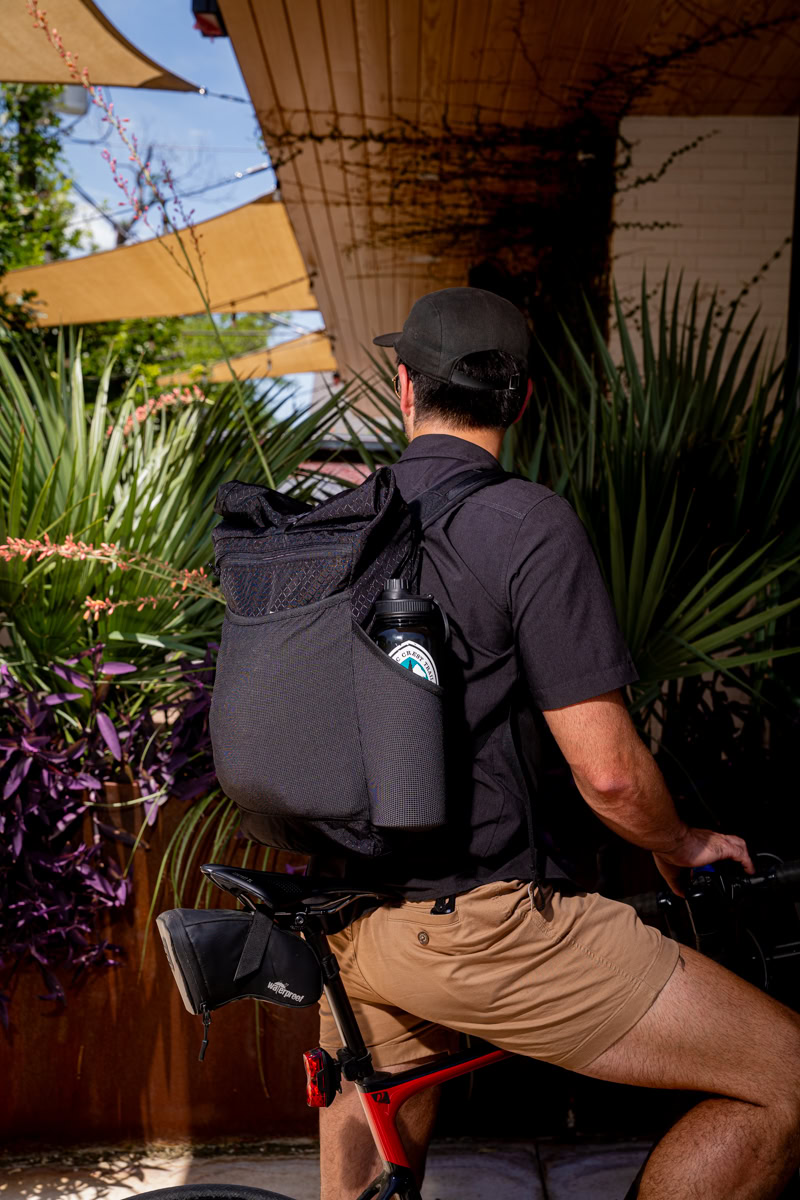
Our friend Steve models the Node.
Best ULA Backpack for Everyday Carry: Node, Packrat, or Dragonfly?
At ULA, we’ve spent the last two decades building some of the most trusted packs on long-distance trails. From the Pacific Crest Trail to the Appalachian, our ultralight designs have become staples among thru-hikers who demand simplicity, durability, and comfort mile after mile.
But over the years, something interesting happened.
The Dragonfly, originally designed with minimalist hikers and travelers in mind, started gaining traction in communities we didn’t expect—the Onebag crowd, Carryology enthusiasts, and everyday adventurers looking for a crossover pack that worked just as well in an airport terminal as it did on a trail.
We heard the feedback: people wanted packs that felt trail-ready but looked clean enough for daily use. Packs that fit laptops and hydration bladders. Packs that held up on weekend trips, daily commutes, and short hikes—all without sacrificing the DNA of what makes a ULA pack so reliable.
That’s where the Node, Packrat, and modern Dragonfly come in. These aren’t watered-down versions of our hiking packs—they’re an evolution. They borrow the same materials, construction, and design logic that built our reputation on the trail, but reimagined for the everyday.
We’re excited to keep exploring this intersection between trail performance and everyday carry. If you’ve ever wished your daily backpack felt more like your favorite trail pack—now it can.
This post breaks down each option, ranked from smallest to largest, and gives you the context to figure out which one fits your needs. And—just as importantly—your personal preferences for how you use your bag.
It’s important to note that this post does not include the Passthru or 36 liter versions of the Dragonfly pack.
While each pack has its own personality, the Dragonfly, Node, and Packrat share a common foundation that makes them unmistakably ULA. All three are built using premium lightweight materials—including Ultra™ fabric and UltraStretch™ mesh—for a combination of durability, weather resistance, and low weight. They include an internal laptop sleeve, dual side stretch bottle pockets, and a front stretch mesh panel for quick-access storage. Each pack features ULA’s signature S-curve shoulder straps with daisy chains, a removable and adjustable sternum strap, a padded haul loop, and are fully compatible with ULA’s shoulder strap accessories like the Ultra Shoulder Strap Pocket and Water Bottle Sleeve. They also all work seamlessly with the Dragonfly hip belt, offering optional load stabilization for heavier carries. Designed for crossover functionality, they’re carry-on friendly, minimal in branding, and built with the same Made-in-USA craftsmanship trusted on long trails. Whether you’re commuting, traveling, or heading for the hills, you’ll get trail-ready durability with everyday carry comfort.
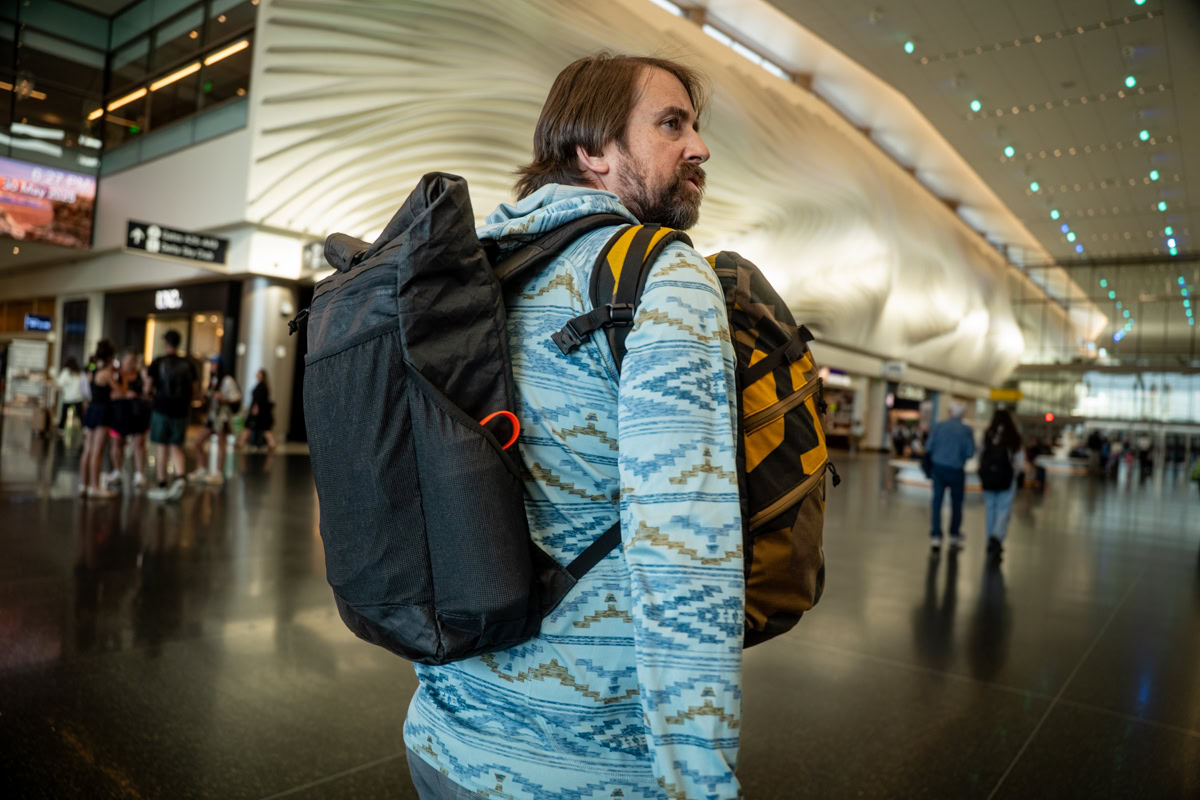
Node – 20L Everyday Minimalism
The Node is the smallest of the three, and it’s perfect for those who want something clean, compact, and reliable. At just 20 liters, it’s easy to carry all day, even when loaded up. And because it uses the same Robic and Ultra 400X materials as our long-distance packs, it’s tough enough for the trail—but looks clean enough for the office. If you’re looking for a daily driver that has that on-trail feel, this is it!
Volume: 20L
Weight: ~20 oz
Access: Roll-top with zippered accessory sleeve
Laptop Sleeve: Yes (padded internal)
Best For: Urban commuting, EDC minimalists, light travel, trail-to-town transitions
What Makes It Stand Out:
The Node’s roll-top design makes it feel more like a hiking pack—streamlined, expandable, and secure. For former or current thru-hikers, this can feel instantly intuitive. The roll-top closure also keeps moisture out better than a zipper would, and it reduces the visual clutter of buckles and flaps.
Despite its simple look, the Node features thoughtful touches: a padded laptop sleeve, stretch mesh on the front and sides for layers or bottles, and a clean silhouette that works as well in an office as it does on a summit. If you only carry the essentials and want them protected in a lightweight, weather-resistant shell, the Node nails it.
Pocket Breakdown: Main Compartment, Padded Internal Laptop Sleeve, Internal Static Accessory Sleeve, Internal UltraStretch Mesh Accessory Sleeve, Front Quick Access Pocket, Front Ultra Stretch, Left and Right Side Pockets
Total Functional Pockets: 8
Note: No zippered top lid or internal zip pockets. Stash Pocket Compatible
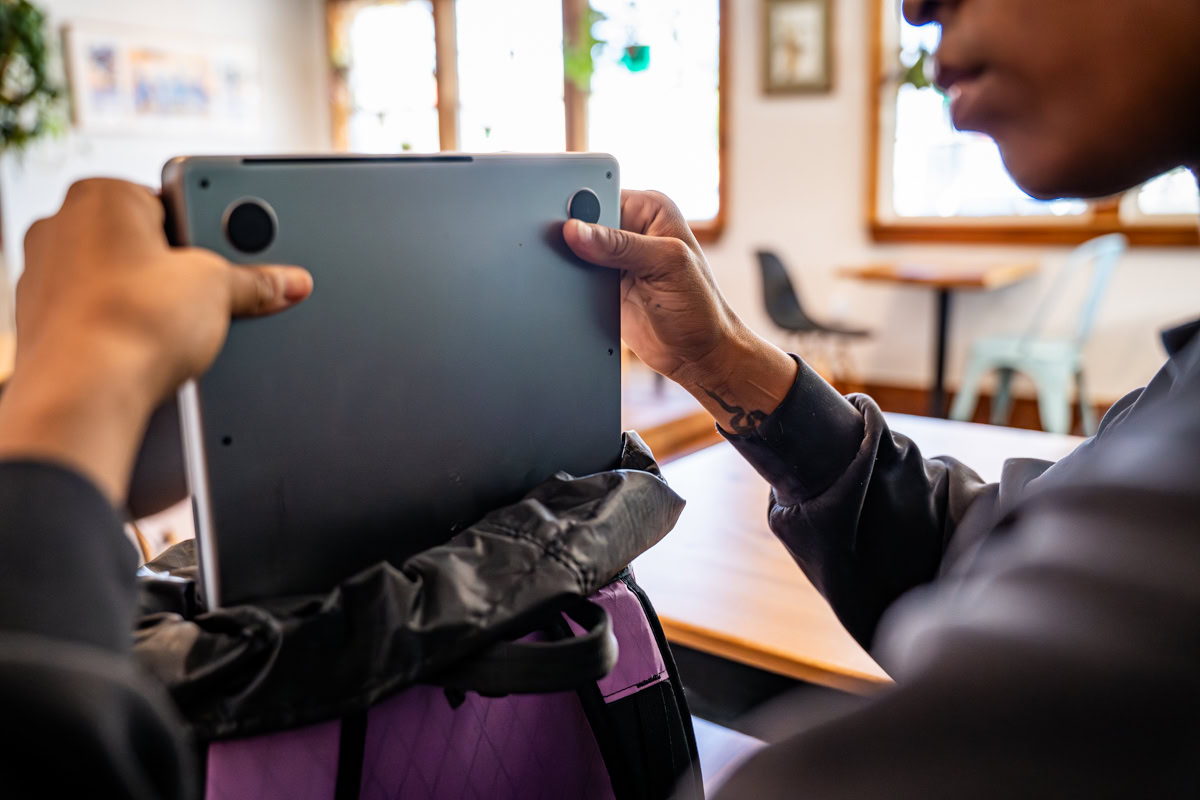
Packrat – 25.5L Balanced Versatility
The Packrat is a classic middleweight—it offers a noticeable jump in capacity from the Node without feeling bulky. At 25.5 liters, it’s great for users who want room for more gear but don’t need something as structured as the Dragonfly.
Volume: 25.5L
Weight: ~19.5–21 oz
Access: Drawstring top with a sil-nylon extension collar
Laptop Sleeve: Yes (padded internal)
Best For: Hiking Day Pack, EDC, Quick Access, Overnighter Camping
What Makes It Stand Out:
The drawstring top closure on the Packrat is faster and simpler than a roll-top, while still offering weather protection and easy loading. This makes it a great choice for people who like the look and function of a hiking-style pack, but want a bit more structure and convenience than a roll-top provides. We nicknamed this pack “The Bucket” because once the cinch top is opened up, it’s a great catch all.
The Packrat also includes a zippered internal pocket, front stretch mesh panel, and two side bottle pockets—perfect for organizing your gear on the fly. The Packrat is huge in Japan as a day pack but can still serve some of those that do more standing than walking.The silhouette is clean, but a little more relaxed than the Node, which might appeal to folks who prefer flexibility over rigidity in their setup.
Pocket Breakdown: Main Compartment, Internal Laptop Sleeve, Internal Zippered Stash Pocket, Front UltraStretch Mesh Pocket, Left Side Stretch Mesh Pocket, Right Side Stretch Mesh Pocket
Total Functional Pockets: 6
Different internal organization style than Node due to the zippered stash pocket.
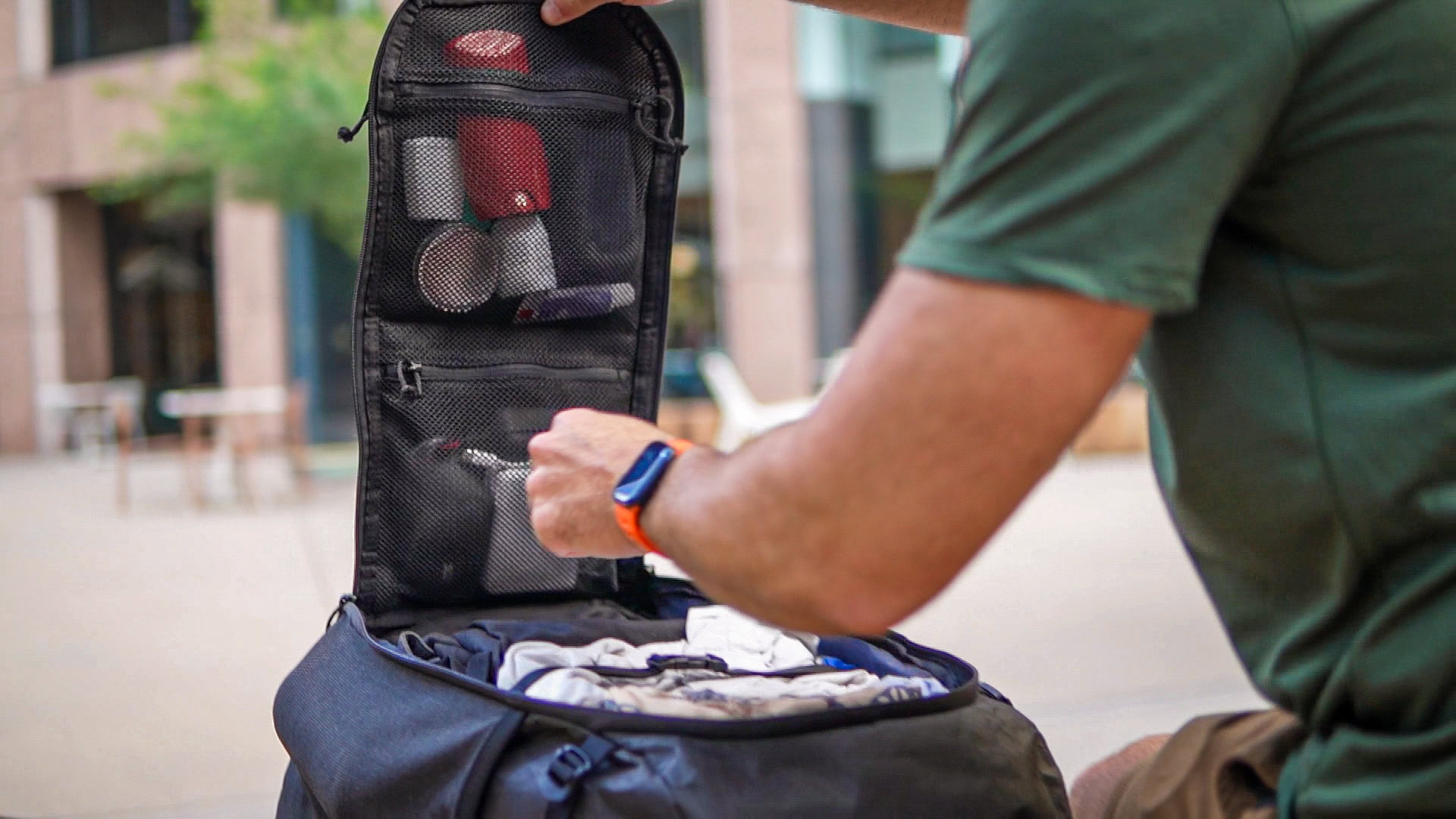
Dragonfly – 30L Max Utility Meets Structure
At 30 liters, the Dragonfly is the largest and most feature-rich of ULA’s everyday offerings. It’s a purpose-built travel and organization machine, designed for people who carry a little more—or who just want to know where everything is at all times. The Dragonfly is a favorite amongst One Baggers or people who travel internationally using only one bag. It’s compact, lightweight, and has great organizational offerings. It’s a littler on the beefy side for some when it comes to daily carry.
Volume: 30L
Weight: ~30 oz(depends on fabric choice)
Access: Full clamshell front panel zip
Laptop Sleeve: Yes (padded)
Best For: Travel, creatives carrying gear, highly organized users, remote workers
What Makes It Stand Out:
The Dragonfly’s front panel (clamshell) access sets it apart. Unlike top-loading bags, you can unzip the main compartment completely and lay the pack flat—like a suitcase. This makes packing, unpacking, and accessing your stuff incredibly easy. If you’re someone who likes to see everything at a glance, this is the pack for you.
Internally, you’ll find two mesh organization pockets, a well-padded laptop/hydration sleeve, and a spacious main compartment that works well with camera cubes or travel organizers. The external stretch pockets give you fast access to essentials, and the compression straps help cinch things down for a tighter profile.
While heavier than the other two, the Dragonfly offers maximum utility and structure, which is worth the trade-off if your daily kit includes more than a laptop and a snack.
Pocket Breakdown: Main Compartment, Padded Seperate Laptop Sleeve, Top Internal Zippered Mesh Organizer Pocket, Bottom INternal Zippered Mesh Organizer Pocket, Zippered Top External Quick Access Pocket, Front UltraStretch Mesh Zippered Pocket, Left Side Stretch Mesh Pocket, Right Side Stretch Mesh Pocket
Total Functional Pockets: 8
Highest level of organization of the three, designed for travel and structured EDC. Includes compression webbing inside to hold clothes in place while traveling.
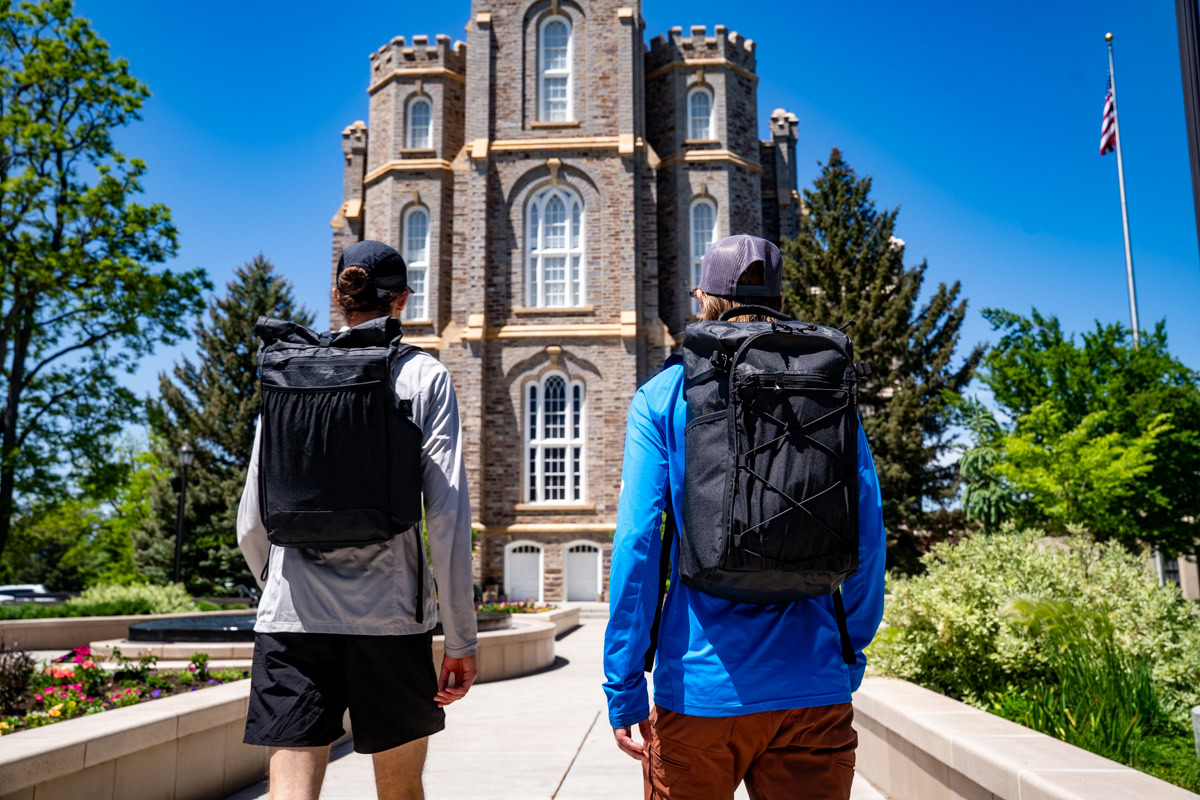
One of the biggest mistakes people make when choosing a pack is thinking only about where they’ll use it. That’s part of the equation—but so is how you interact with your gear.
Think about the bags you’ve loved (or hated) in the past. Did you prefer:
- A roll-top closure because it compresses easily and keeps things dry?
- A drawstring opening that’s fast to open and stuff full?
- A clamshell design that lets you see everything laid out like a suitcase?
Each of these ULA packs is designed around a different interaction philosophy:
- The Node feels most like a classic thru-hiking pack—minimal, structured, and protected. It’s for people who want quick, efficient use and don’t mind digging a little to find something.
- The Packrat splits the difference—easy to open, easy to stuff, with fewer zippers and more flexibility. It’s familiar to hikers but casual enough for everyday use.
- The Dragonfly is for the person who wants complete visibility. If you like your gear organized and accessible without rummaging, the clamshell panel will feel like a dream.
There’s no wrong answer—just different styles. Your preference for how you load, access, and carry your bag might matter more than where you’re taking it.
Final Thoughts: Choosing the Right ULA Pack for You
- Pick the Node if you want a compact, no-fuss bag with hiking DNA and a minimalist design.
- Go with the Packrat if you want the most flexible, grab-and-go bag that can move between environments without compromise.
- Choose the Dragonfly if you value structured access, superior organization, and a larger volume for heavier carry days.
Still unsure? That’s okay—we’re gear nerds too. Drop us a message and tell us how you plan to use your pack. We’ll help you find the perfect fit.

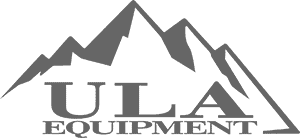
This is a great article. I have been very pleased with my Dragon Fly. I have what I think is variation one of the pack rat and was like will I really use it? And yes I do!
Seeing the Node with the roll top, it totally had me jonesing it and I said go for it! and ordered with in minutes of it going live. I have to admit after I ordered the Node, for about two hours I almost had buyers remorse, do I really “need” another pack? Well that buyers remorse lasted only a short moment and now I can’t wait for my Node to arrive, I even lay awake in bed at night thinking just how great the Node will be and all the uses I will have for it in my pack arsenal. I think emailing with Peter reminded me just how much quality goes into ULA and the creativity to new items and just maybe those emails slightly helped to turn buyers remorse into dreaming with excitement for my Node to arrive.
ULA please hold off on new packs for a little while now, I am running out of room to keep my packs!
Thanks, Gerry! Glad to hear your excitement about the Node. We always appreciate the feedback!
This is super helpful! It confirmed my suspicions that the pack rat is the best fit for my current use case. With that said, I’m a bag nerd, so I’ll probably grab the node down the road (rhyme unintentional).
When can we expect a full on edc panel loader?
Thanks, Justin!
Glad it was helpful. We may or may not have something in the works along those lines… – Garrett